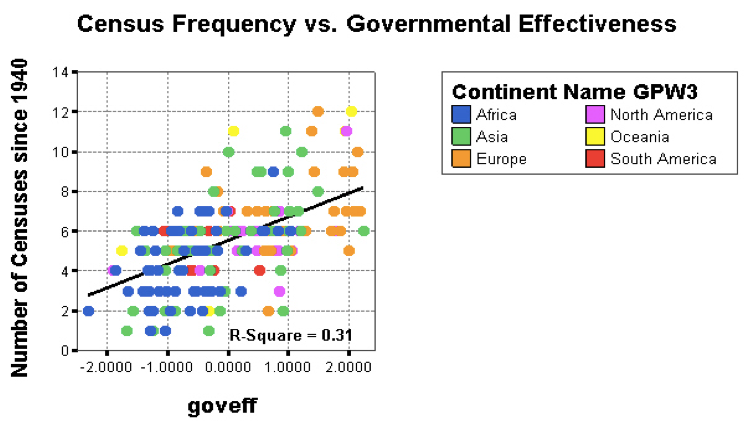By Martin van Creveld
 Summary: Martin van Creveld examines the reason why the Israel Defense Forces’ enthusiasm to recruit women. It’s the same reason for the enthusiasm of the US military. Men are increasingly unable or unwilling to serve. He discusses some of the likely consequences of this experiment.
Summary: Martin van Creveld examines the reason why the Israel Defense Forces’ enthusiasm to recruit women. It’s the same reason for the enthusiasm of the US military. Men are increasingly unable or unwilling to serve. He discusses some of the likely consequences of this experiment.
For about twenty years now, I have been warning whoever would and would not listen about the dangers of feminizing the military. Now, in my own country, the chicks — no pun intended — are coming home to roost. As readers will know, the Israel Defense Forces (IDF) are the only ones in history to have made women wear uniform even against their will. However, from the end of the War of Independence (1948) to the late 1970s they only did so in a variety of auxiliary Military Occupation Specialties (MOS) that had little impact on the fighting “teeth.” At that point a shortage of manpower generated by the forces’ expansion following the 1973 Arab-Israeli War on one hand and feminist pressures on the other caused the situation to change. Female officers and enlisted personnel increased in both numbers and importance until the IDF was blessed with three small “combat” battalions made up mostly of women. Albeit that they are deployed along the borders with Egypt and Jordan, where hardly a shot has been fired for decades past.
Fast-move forward. For about a month now I have noticed, in Israel’s most important paper Yediot Ahronot, a series of articles about various combat IDF units. How little the public knew about them. How wonderful they were. How important the missions they carried out, and how daring their feats. Which towns provided them with proportionally the largest number of recruits. And so on. Briefly. the kind of stuff you would expect from a military that has difficulties attracting manpower.













